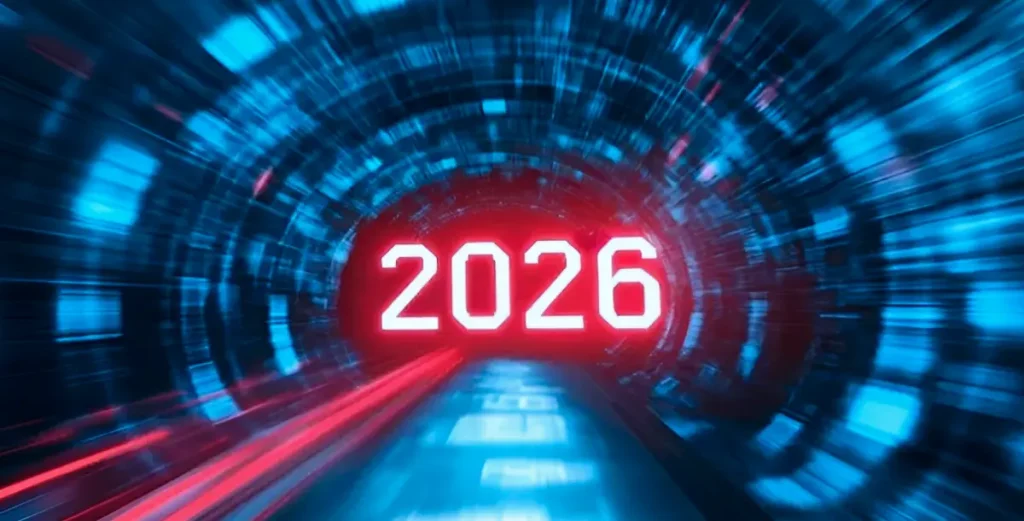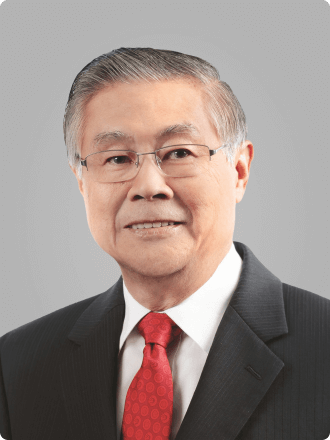Hong Kong Establishes World-Leading Stablecoin Framework
Hong Kong has solidified its position as a global digital asset hub with the implementation of its comprehensive stablecoin regulatory regime on August 1, 2025. Administered by the Hong Kong Monetary Authority (HKMA), this groundbreaking legislation creates a rigorous licensing system for stablecoin issuers while balancing innovation with robust investor protections.
Key Requirements for Stablecoin Issuers
The new regime mandates that any business issuing stablecoins in Hong Kong – or issuing Hong Kong dollar-referenced stablecoins anywhere in the world – must obtain an HKMA license. The requirements include:
- Financial safeguards: Minimum HK$25 million paid-up share capital plus HK$3 million in liquid capital, or the equivalent of 12 months of projected operating expenses, whichever is higher.
- Full reserve backing: 100% high-quality liquid asset (HQLA) backing with daily valuation
- Redemption guarantees: Mandatory T+1 redemption at par value
- Strict reserve composition: Only cash, short-term bank deposits (<3 months), and government securities (<1 year maturity) permitted
Notably, the HKMA expects overcollateralization to buffer against market volatility, with reserve assets completely segregated from issuers’ other holdings.
Enhanced Investor Protections
Hong Kong’s new stablecoin framework establishes robust safeguards designed to protect investors and maintain market confidence. A cornerstone of these protections is the guarantee of absolute redemption rights, ensuring holders can exchange their stablecoins for the equivalent fiat value within one business day. This mandatory T+1 redemption requirement provides crucial liquidity assurance in normal market conditions.
Hong Kong’s new stablecoin framework establishes an unprecedented safety net for investors through multiple layers of protection. At the heart of these safeguards is a bankruptcy protection mechanism that fundamentally changes investor rights. Should an issuer become insolvent, stablecoin holders now receive a legally enforceable priority pro rata claims on the segregated reserve assets – a crucial structural reform that prevents these funds from being claimed by other creditors. This ensures that the collateral backing your stablecoins remains protected even in worst-case scenarios.
The regulations go beyond just asset protection to guarantee fair access to redemption. Issuers are expressly prohibited from implementing excessive fees or creating artificial obstacles that might discourage or prevent redemptions. The HKMA has emphasized that redemption processes must be both transparent and equitable for all investors, regardless of their holdings’ size.
Perhaps most groundbreaking is the comprehensive coverage provision, which creates a final backstop for investor protection. Even in the unlikely event that reserve assets prove insufficient to cover all redemptions, the framework preserves investors’ claims against the issuer for any remaining shortfall. This eliminates the “all-or-nothing” risk that has plagued previous stablecoin models.
Taken together, these measures represent what may be the most robust investor protection regime in global stablecoin regulation today. The framework directly addresses the vulnerabilities exposed by high-profile stablecoin collapses while carefully preserving the speed and efficiency that make stablecoins valuable for payments and settlements.
Strict Distribution Controls and Enforcement Mechanisms
The newly implemented regulatory framework establishes a meticulously designed distribution system for stablecoins, setting a global benchmark for market oversight. This “closed-loop” model ensures that only carefully vetted financial institutions can distribute stablecoins. The law identified four main categories of “permitted offerors”:
- Licensed stablecoin issuers
- Authorized banks
- SFC-regulated virtual asset platforms
Type 1 licensed intermediaries A fifth category, for other HKMA-approved entities, is also included. This strict approach ensures that every step of a stablecoin’s journey, from creation to trading, happens within a supervised financial environment.
The enforcement mechanisms underscore the seriousness of these regulations. Violators face substantial consequences, including fines up to HK$5 million and potential seven-year prison sentences—a clear statement about the jurisdiction’s commitment to market integrity. Furthermore, the imposition of escalating daily fines (HK$100,000 per continuing violation) creates a powerful financial disincentive against non-compliance. These measures collectively ensure that Hong Kong’s retail investors will only encounter stablecoin products distributed by thoroughly vetted, regulated entities.
Transition Period and Future Outlook
The HKMA has established a three-month transitional window (until October 31, 2025) for existing issuers to apply for licenses. Provisional licenses may be granted until January 31, 2026 for applicants demonstrating compliance progress. This is a specific arrangement to help pre-existing issuers transition into the new regime smoothly.
Looking ahead, the framework excludes:
- Non-fiat referenced stablecoins (e.g., gold-backed)
- Crypto-collateralized stablecoins
- Algorithmic stablecoins
- Non-HKD foreign stablecoins
As Hong Kong positions itself as a global leader in digital asset regulation, the stablecoin regime represents a significant milestone in bridging traditional finance with blockchain innovation while maintaining rigorous financial safeguards. Market participants should carefully review the requirements as they prepare for compliance in this new regulatory landscape.
Navigating the complex world of stablecoin regulations requires expert guidance. ChainUp’s Compliance-as-a-Service (CaaS) is your all-in-one solution, providing the expert guidance and robust technology you need to stay ahead of the curve. Don’t just react to change; turn it into an opportunity. Contact us today to see how we can help your business achieve compliance and thrive in the global market.




